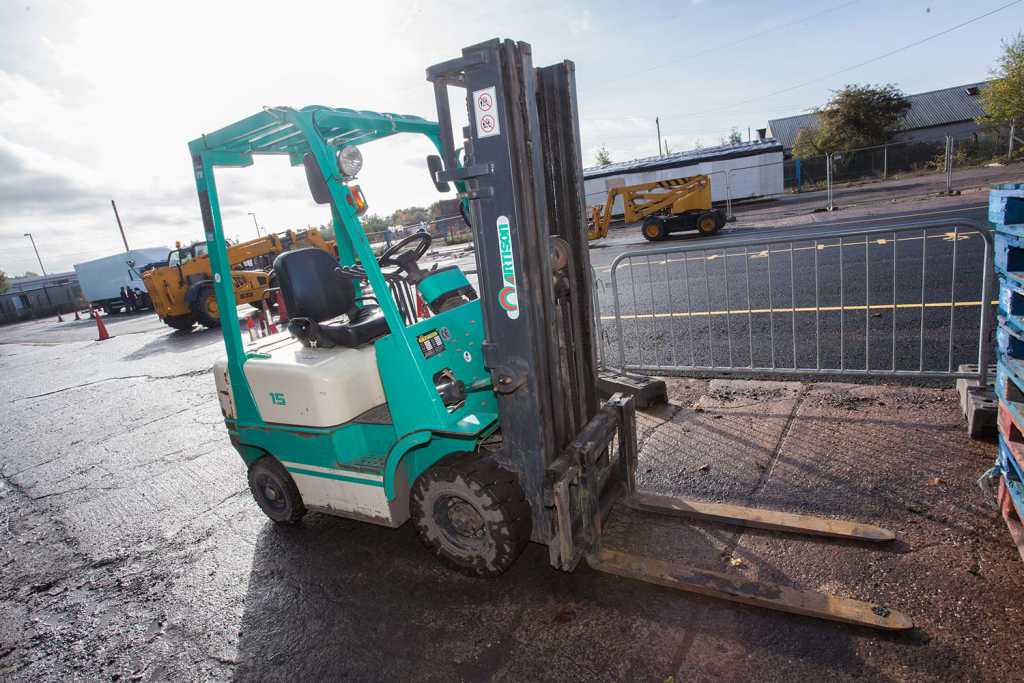How Do Forklift Hydraulics Work?
We’ve all heard of hydraulics and how they are used to create more force than we can naturally produce as humans, but how does a hydraulic system work?
Clearly, there are some heavy forces being put to use so that we can move large pieces of machinery, and it’s important to know how this works if you’re going to be operating hydraulic equipment.
For each different machine, the hydraulic principle is utilised in a different way. In this article, we’ll be explaining how a hydraulic forklift works.
This is useful information in general, but is even more important to know if you plan to, or currently operate, a hydraulic forklift.

The Hydraulic System
The hydraulic system is a connection of pipes through which high pressure oil is pushed in order to create a greater force and provide stronger movement from mechanical parts. For a forklift this is obviously very important as a hydraulic lift will be coming into contact with a variety of heavy loads, all of which need to be manoeuvred with ease to ensure they do not get damaged and to load vehicles efficiently.
There are other areas in which hydraulics are applied to help with the moving and shifting of heavy loads.
The side-shifting forklift includes extra hydraulics to move loads to one side; this allows the driver to stay in the same position whilst getting a better view of the task he is performing.
Without a side shifter, the operative in the cab would have to lean out of the side of his vehicle to ensure he can see beyond the load – clearly, this would be dangerous for both the driver of the forklift and anyone in operation around the forklift.
Controls
Controlled via levers on the forklift, hydraulics need to be used carefully, with trained drivers able to calculate the load and how much lift is needed to move the cargo. For the pistons carrying out all the hard work, there needs to be a fluid that carries the pressure without wearing or fracturing.
There only needs to be a small effort on one side of the hydraulics to create force great enough to move a larger cross sectional area – for a forklift, this pressure equates as force to lift the tines on which heavy goods are loaded.
Due to the nature of the hydraulic fluid – where the particles are close enough to be incompressible – great forces can be created for the manoeuvring of goods.
- Correct operation and proper maintenance of your forklift are vital if you wish to utilise the hydraulics to their fullest.
At Euro 1 Training we provide a variety of forklift training courses for both the novice and anyone looking to refresh their training. We provide training for standard forklifts, side loaders, pallet trucks and more.
Simply contact us today to find out how our courses can benefit you and your team.
